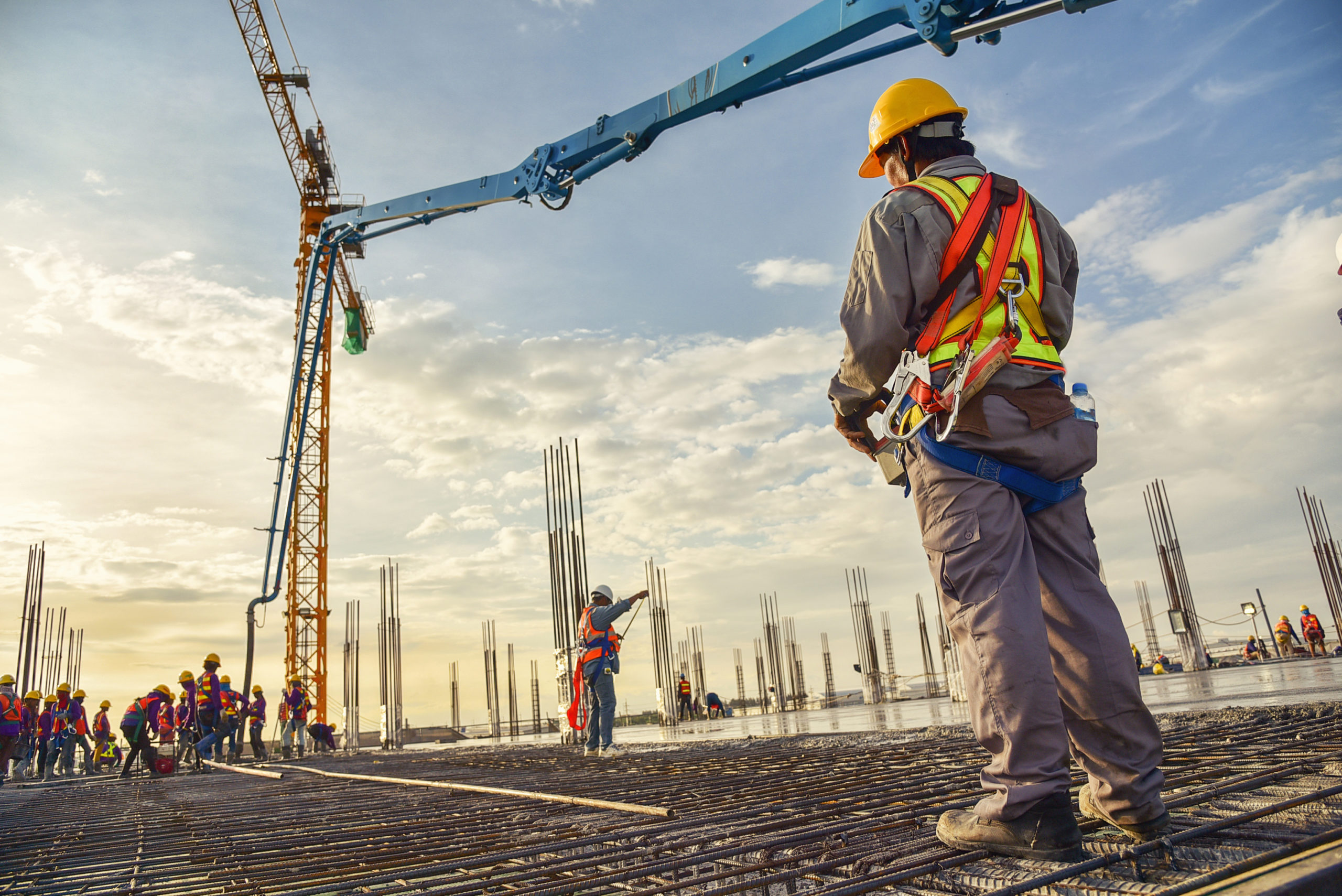Consulting Civil Engineering Companies Giving Geotechnical Solutions
Wiki Article
Exactly How Consulting Engineers Enhance Geotechnical Design Projects: Insights Into Their Expertise, Methodologies, and Collaborative Approaches
Consulting engineers are crucial in improving geotechnical design jobs, using their specialized expertise to navigate the intricacies of subsurface conditions. Their collaborative approaches foster communication amongst varied project stakeholders, ultimately forming the job's trajectory.Function of Consulting Engineers
The expertise of consulting engineers in geotechnical design is fundamental to the successful implementation of building and construction jobs. These professionals play a pivotal duty in assessing soil and rock buildings, which are essential elements influencing design and building choices. By conducting complete site investigations, seeking advice from engineers gather essential information that informs the layout process, making certain projects are improved secure and ideal ground.Consulting designers also offer indispensable understandings right into risk management (geotechnical geologist). They determine potential geotechnical dangers, such as landslides, soil liquefaction, and negotiation issues, enabling stakeholders to execute effective reduction methods. Their proficiency aids in optimizing foundation designs, which can bring about significant expense savings and improved safety
Moreover, speaking with designers serve as an important link between task proprietors, engineers, and professionals. Their ability to equate intricate geotechnical information right into actionable referrals promotes cooperation and assists in informed decision-making throughout the project lifecycle. This multidisciplinary technique not only boosts project performance however also makes sure conformity with regulatory standards and best methods.
Trick Methodologies in Geotechnical Design

One primary methodology is site investigation, which includes performing area examinations and research laboratory evaluations to gather information on subsurface conditions. Methods such as Requirement Infiltration Screening (SPT) and Cone Infiltration Screening (CPT) are extensively made use of to evaluate soil stratigraphy and strength. Additionally, geophysical methods, including seismic and electrical resistivity studies, provide non-invasive means to assess subsurface qualities.
Another crucial approach is numerical modeling, which allows engineers to mimic various scenarios and predict just how soil-structure communications will behave under different loading conditions. Limited Component Evaluation (FEA) is a typical strategy employed in this context.
Moreover, the layout of structures, maintaining structures, and earthworks relies greatly on these approaches - geotechnical geologist. By incorporating sophisticated analytical devices with area data, speaking with designers can create customized options that deal with specific project difficulties, ultimately adding to the security and security of building tasks
Relevance of Soil Evaluation
Dirt evaluation functions as a fundamental element in geotechnical engineering, providing crucial understandings right into the physical and chemical buildings of soil essential for effective building and construction preparation. Understanding dirt characteristics is vital for determining its load-bearing capability, water drainage behavior, and possibility for settlement or instability. In-depth soil investigations, consisting of tasting and lab testing, aid recognize specifications such as soil type, wetness web content, density, and shear stamina.
These evaluations educate the selection of suitable building strategies and products, ultimately influencing job safety and security and longevity. Cohesive soils may require different structure designs compared to granular soils, necessitating tailored engineering solutions. Soil analysis aids in identifying contaminants that could position risks to human health or the environment, permitting for the growth of mitigation approaches.
Including dirt analysis into the onset of task development helps to decrease unanticipated difficulties, making sure that engineers can anticipate and resolve potential issues prior to they rise. By establishing an extensive understanding of the website problems, consulting designers can optimize design efficiency and decrease prices, consequently improving the general success of geotechnical engineering projects.
Collaborative Techniques in Tasks
Successful geotechnical tasks often hinge on collective strategies that bring together varied experience from different techniques. Effective cooperation amongst seeking advice from engineers, rock hounds, ecological researchers, and building professionals is critical for dealing with complex difficulties and optimizing link project end results. By leveraging the distinct abilities and knowledge of each staff member, jobs can gain from an alternative understanding of the site problems, governing demands, and design constraints.Routine interaction and interdisciplinary conferences help read here with the sharing of understandings and cultivate a culture of team effort. These joint efforts allow the recognition of prospective threats early in the project lifecycle, enabling for prompt reduction strategies. Including feedback from stakeholders, including local areas and regulative companies, makes sure that all viewpoints are taken into consideration, boosting task approval and compliance.
Furthermore, the assimilation of innovative modern technologies, such as Geographic Details Equipment (GIS) and Structure Information Modeling (BIM), more enhances collaboration. These tools permit the real-time sharing of data and visualization of geotechnical conditions, promoting educated decision-making. Inevitably, a joint strategy not just read what he said simplifies task implementation however also lays the structure for innovative solutions to complex geotechnical design obstacles.
Influence On Task Outcomes

Consulting designers employ sophisticated methodologies such as danger analysis and predictive modeling, which boost the accuracy of project projections. Their ability to integrate cutting-edge technologies, like geotechnical instrumentation and information analytics, further fine-tunes the layout and construction procedures. Consequently, projects experience enhanced performance, reduced expenses, and decreased hold-ups.
Additionally, fostering effective communication and cooperation amongst staff member improves analytic capabilities. When difficulties emerge, a joined front allows for swift identification of options, protecting against prospective obstacles. Inevitably, the joint efforts of seeking advice from designers add to greater high quality results, making sure that jobs fulfill both governing criteria and customer assumptions.
Final Thought

Report this wiki page